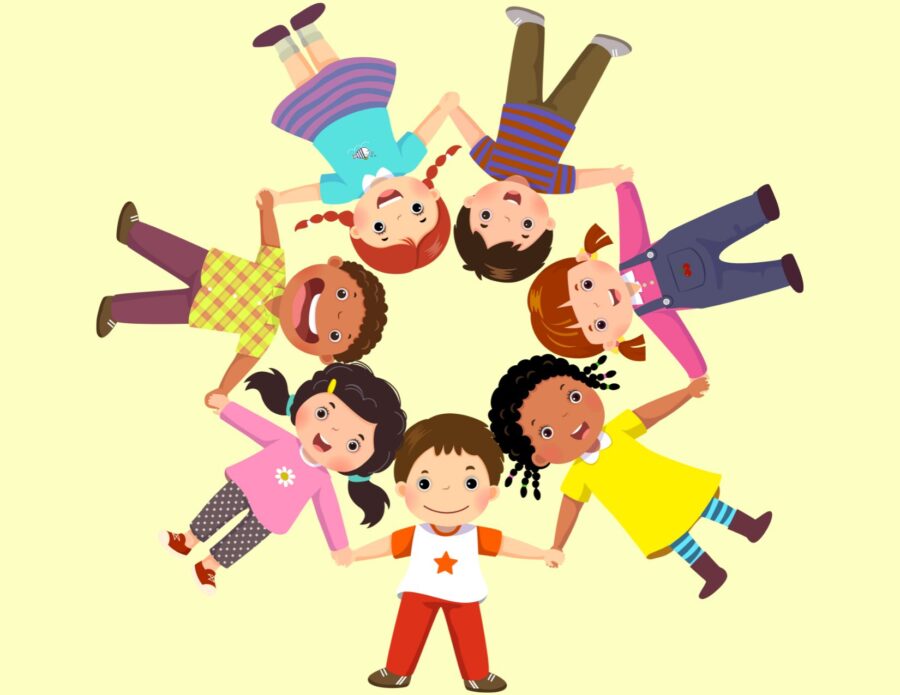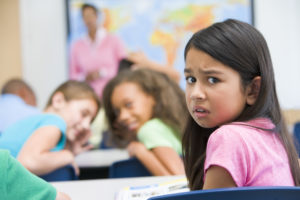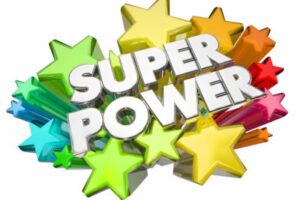I was listening to a post and a summary answer to a question posed to the teacher was, “every child is very different.” And that is so true. As the start of the school year dawns on the horizon, teachers, speech therapists, vision teachers, etc., all over the world are moving towards preparation. I thought a fitting post would be a reminder that every child is different.
Every child is unique and has their own personality, interests, strengths, and challenges. This uniqueness is shaped by a combination of genetic factors, disability or not, upbringing, environment, and individual experiences. As a result, they may learn differently, have varying social skills, and excel in different areas. Recognizing and respecting these differences is important in understanding and supporting each child’s growth and development. Teaching effectively requires acknowledging and embracing the uniqueness of each student, with or without a disability. Here are some important aspects to consider:
- Learning Styles & Needs: Students have different learning styles—some are visual learners, others are auditory or kinesthetic learners. Each student may have different strengths and challenges as well. Effective teaching involves using a variety of methods to cater to these different styles, including assessments, observations, and input from parents, caregivers, and previous teachers. It’s crucial to understand each student’s specific needs if you want to be the best teacher for your students.
- Interests and Motivation: Tailoring lessons to incorporate students’ interests can enhance engagement and motivation. Understanding what motivates each student can help teachers create meaningful learning experiences.
- Strengths and Weaknesses: Every student has their own set of strengths and weaknesses. Recognizing these allows teachers to provide appropriate support where needed and challenge students in areas where they excel.
- Background and Culture: Students come from diverse backgrounds and cultures, which can influence their learning experiences and perspectives. Respecting and valuing these differences fosters a positive learning environment.
- Personalized Learning: Individualized or personalized learning approaches can be beneficial, allowing students to progress at their own pace and focus on areas where they need more support or enrichment. Implementing differentiated instruction allows teachers to adapt their teaching methods, materials, and assessments to accommodate diverse learning needs. This might involve providing alternative formats for assignments, using assistive technology, or adjusting the pace of instruction.
- Social and Emotional Development: Acknowledging students’ social and emotional development is crucial. Creating a supportive classroom environment where students feel safe to express themselves can positively impact their overall well-being and learning.
- Collaboration and Communication: Collaborating with special education professionals, therapists, and parents is essential for developing effective strategies and interventions. Regular communication helps ensure consistency and alignment in supporting the student’s learning and development.
By recognizing and embracing the uniqueness of each student, teachers can create inclusive and effective learning environments that promote growth, understanding, and success. By employing these strategies and maintaining a student-centered approach, all students, including those with disabilities, can thrive academically, socially, and emotionally.


